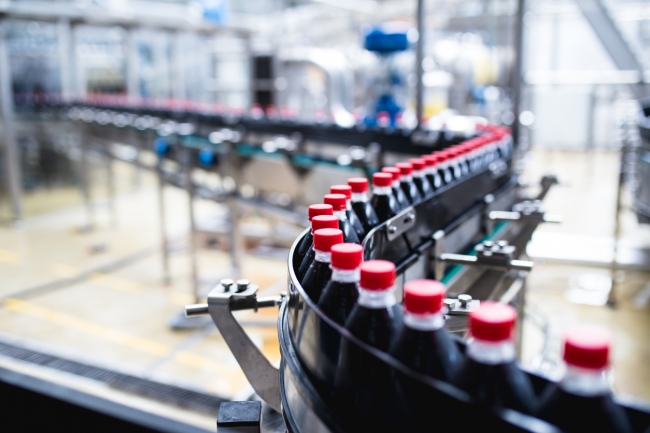2 minute read
Record export growth drives UK manufacturing PMI results
There has been a marked improvement in the IHS Markit/CIPS Purchasing Managers’ Index (PMI) results for July, since the disappointing June figures.
Positive news for the UK’s manufacturers
July’s data pointed to a number of positives for the UK manufacturing industry:
• Improved levels of new work
• Higher production levels
• Significant job creation
• Lengthening of supplier delivery times.

This month PMI makes for happy reading, the latest of a number of surveys in the last few weeks that show the huge volumes of positivity in UK manufacturing / Picture: Getty/iStock
New business and foreign demand on the up
New orders received a welcome boost throughout July, with new export business making a notable contribution. Demand from overseas increased at the most impressive rate since April 2010, when record demand was recorded in the survey.
New business came from:
• The USA;
• Canada;
• Asia-Pacific;
• The Middle East; and
• Europe – which is encouraging in light of Brexit.
Domestic demand was also firmly in positive territory, albeit at lower levels than earlier in 2017.
Boost for output and jobs growth
Production grew for the twelfth month in a row, and, although it grew at a slower pace, it is still above average levels recorded in the survey.
The boost in output and new business contributed to jobs growth in the sector for July, growing again for the twelfth consecutive month. This was recorded as the best rate of growth for the past three years.
Slowing cost pressures and smaller backlogs
“Input prices increased at the lowest rate for more than twelve months and demonstrate a big difference when compared with the very sharp increase seen at the start of the year,” observed David Johnson, director at currency specialist, Halo Financial.
“With an increase in capacity and cost pressures slowing, this has allowed manufacturers to address backlogs and a reduction was recorded this past month, for the second month in a row – a very positive development for the industry given the current economic climate.”
“We are seeing this increased confidence help the Pound to gain against the US Dollar, in particular, which has weakened further following political events in the US.”
“Higher costs were put down to the increase in the prices of raw materials, fluctuating exchange rates and shortages of some materials, which was noted in previous months,” added Atul Kariya, partner and manufacturing sector lead at accountants and business advisors, MHA MacIntyre Hudson.
“For the most part, manufacturers have been able to pass these costs on to the consumer through increased selling prices, which was a concern as input costs grew in recent months. This has led to a far more favourable outlook for the industry; and overall confidence has increased as a result.”
Confidence is high
The outlook for the sector remains positive, with just under 50 percent of UK manufacturers expecting an increase in production over the next twelve months and only 5 percent predicting a decline.
“This positive outlook comes from a noticeable increase in export orders, expansion into new markets and the launch of new products – both raised as key objectives for growth in previous surveys – and investment in resources, staffing, and improving capacity,” concluded Neil Lloyd, sales director at legal firm, FBC Manby Bowdler.
“UK manufacturers have been working hard to improve market share, and the outlook towards global economic recovery also seems to have improved across the sector.”